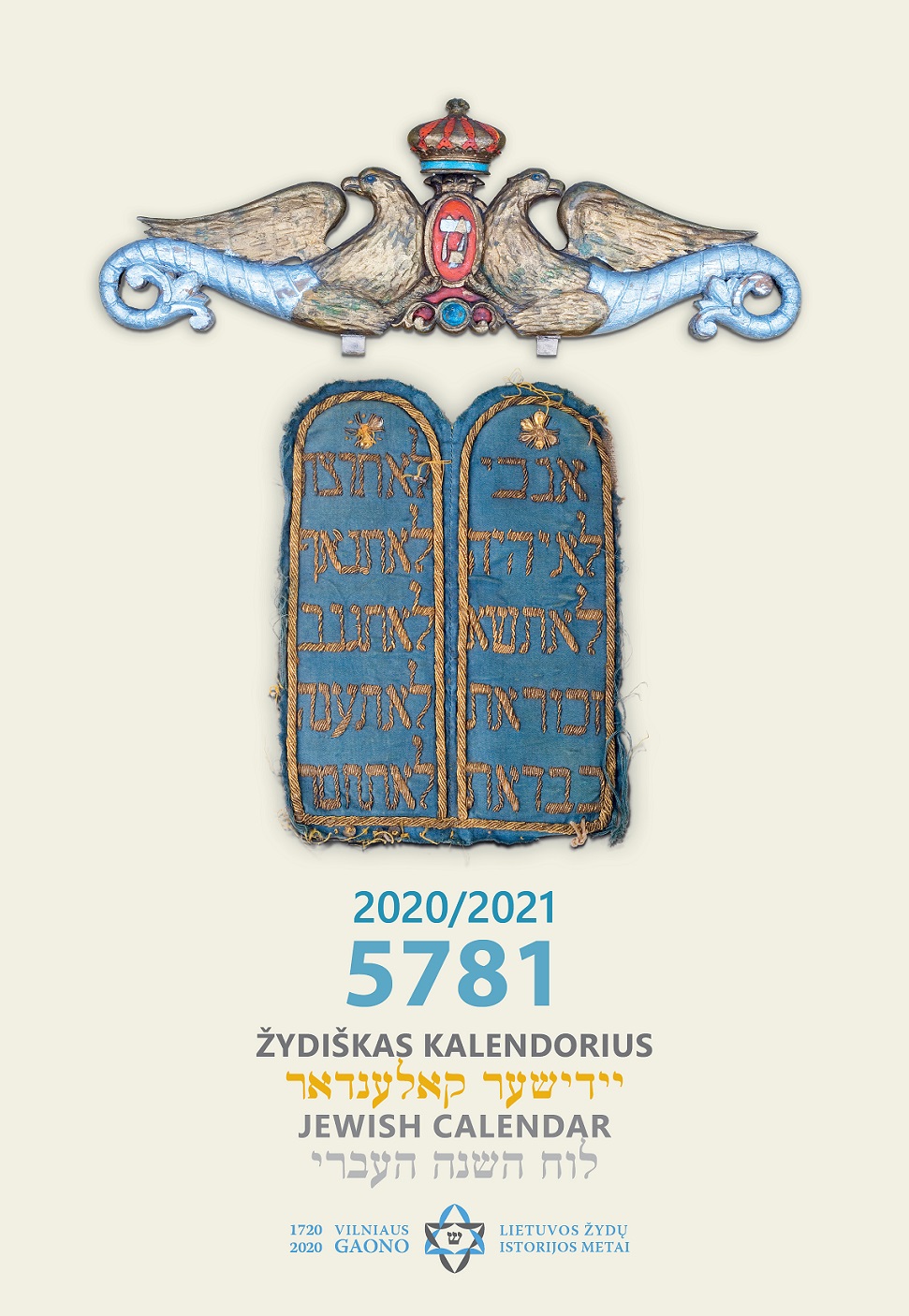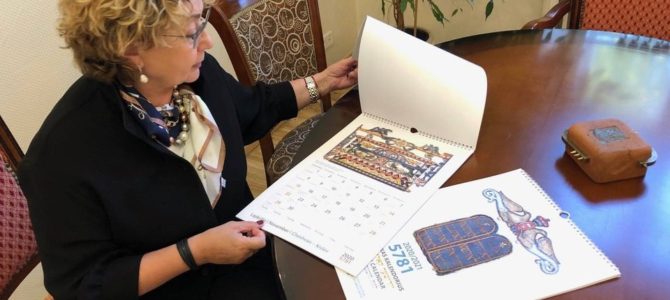The year 5781 is almost upon us. The Lithuanian Jewish Community is celebrating the new year with our calendar, which has become a tradition, dedicated this time to the unique symbols of the Jewish people and their significance.
Before talking about the next year, I can’t pass over the foregoing which became a year of challenges and coming together for the entire world. The corona virus restricted our social life and the Community’s operation, but at the same time showed to us we are capable of taking care of our members, especially the elderly, that we can apply and perfectly well use digital technology and that even under the most difficult conditions we were able to mark the dates so important to Jews, Israel, Lithuania and the world and our own holidays.
The Community was not able to mark appropriately the Year of the Vilna Gaon and Litvak History declared by the Lithuanian parliament because of the pandemic. But the historical past of Jews and its importance for Lithuania’s culture don’t fit within the frames of a single year, so I promise we will continue to organize events dedicated to Lithuania’s Jews, to Eliyahu ben Shlomo Zalman aka the Vilna Gaon and other important people. There can never be too many such events.
And in general we should talk about the Vilna Gaon more often because still too few people know he was a great authority on Judaism who contributed much to making Vilnius known to the entire Jewish world as a cultural center.
Reading the Vilna Gaon’s literary legacy, one feels these are the thoughts of a deeply religious person for whom it was more important to pray, meditate and learn than to waste time on entertainment. The Vilna Gaon says people should run around less and not even go to synagogue without a reason, where the discussion of news and rumors distracts the mind. The individual should seek after the meaning of life in books and by looking inward, and should value knowledge and learning rather than material wealth.
The calendar for 5881 features Jewish symbols, most of which are intended for worshiping God and connected with holidays and religion. There were hundreds of synagogues formerly operating in Lithuania where the Torah was read daily, worshipers wore the tallit on their shoulders and all men covered their heads with a kipa. There was a thriving Jewish community and during Hanukkah they lit the nine-armed candelabrum the hanukiya, and the children played by spinning the dreydl (Hebrew sevivon).
Nowadays these symbols and items are more to be found as museum exhibits than as part of our daily lives.
Let’s let these symbols back into our lives, lets hang a mezuza on our door frame and a hamsa on our wall. Let the Star of David always remind us of our homeland, Israel. During the holidays let’s invite our friends and neighbors of different faiths and tell them about our traditions and symbols and what they mean.
On this new year let’s wish each other all the best. Let’s not forget we can always be better, we can always extend more compassion and understanding to our neighbors and loved ones and let’s strive to make life more meaningful in the coming year than it was in the previous year.
Faina Kukliansky, chairwoman
Lithuanian Jewish Community



